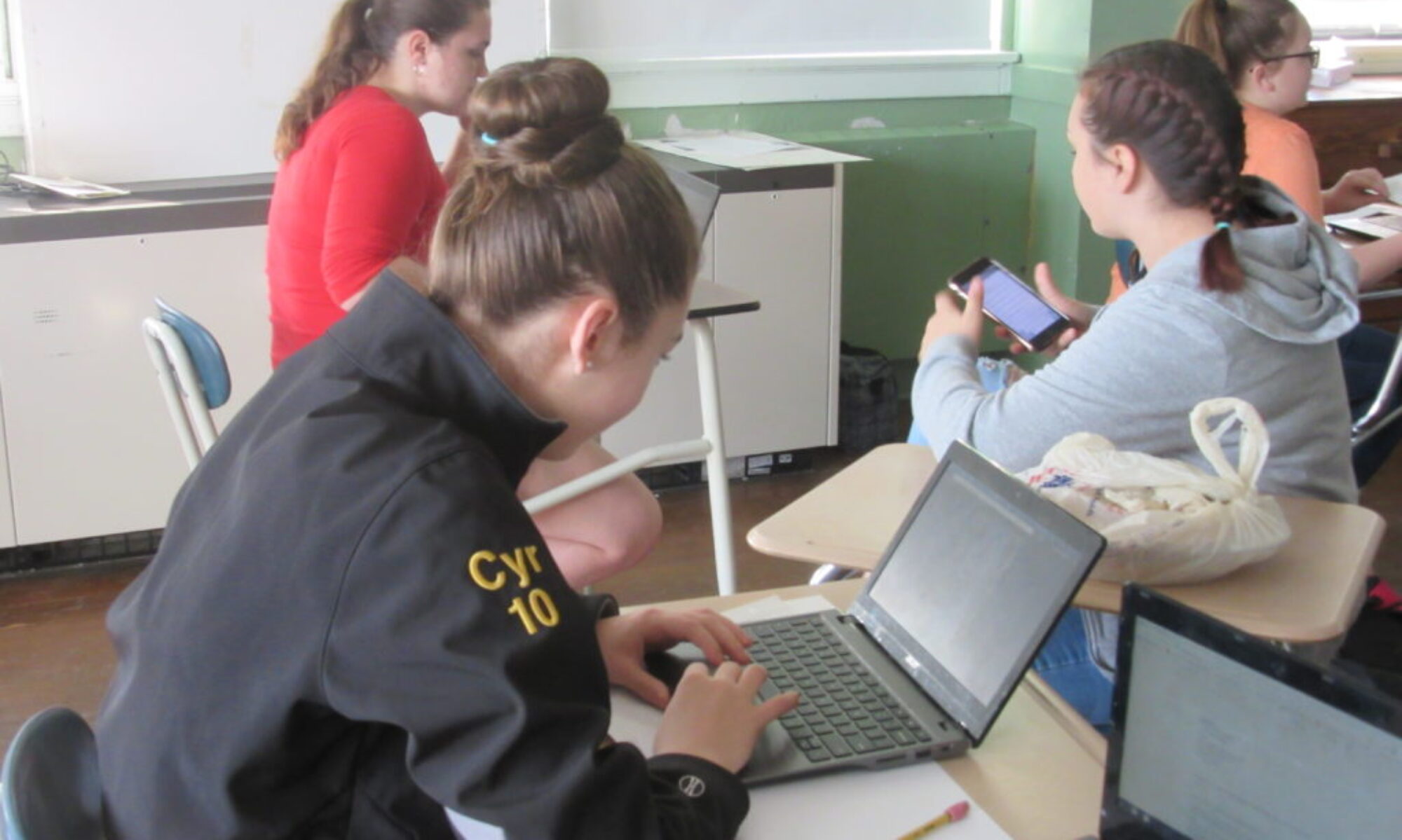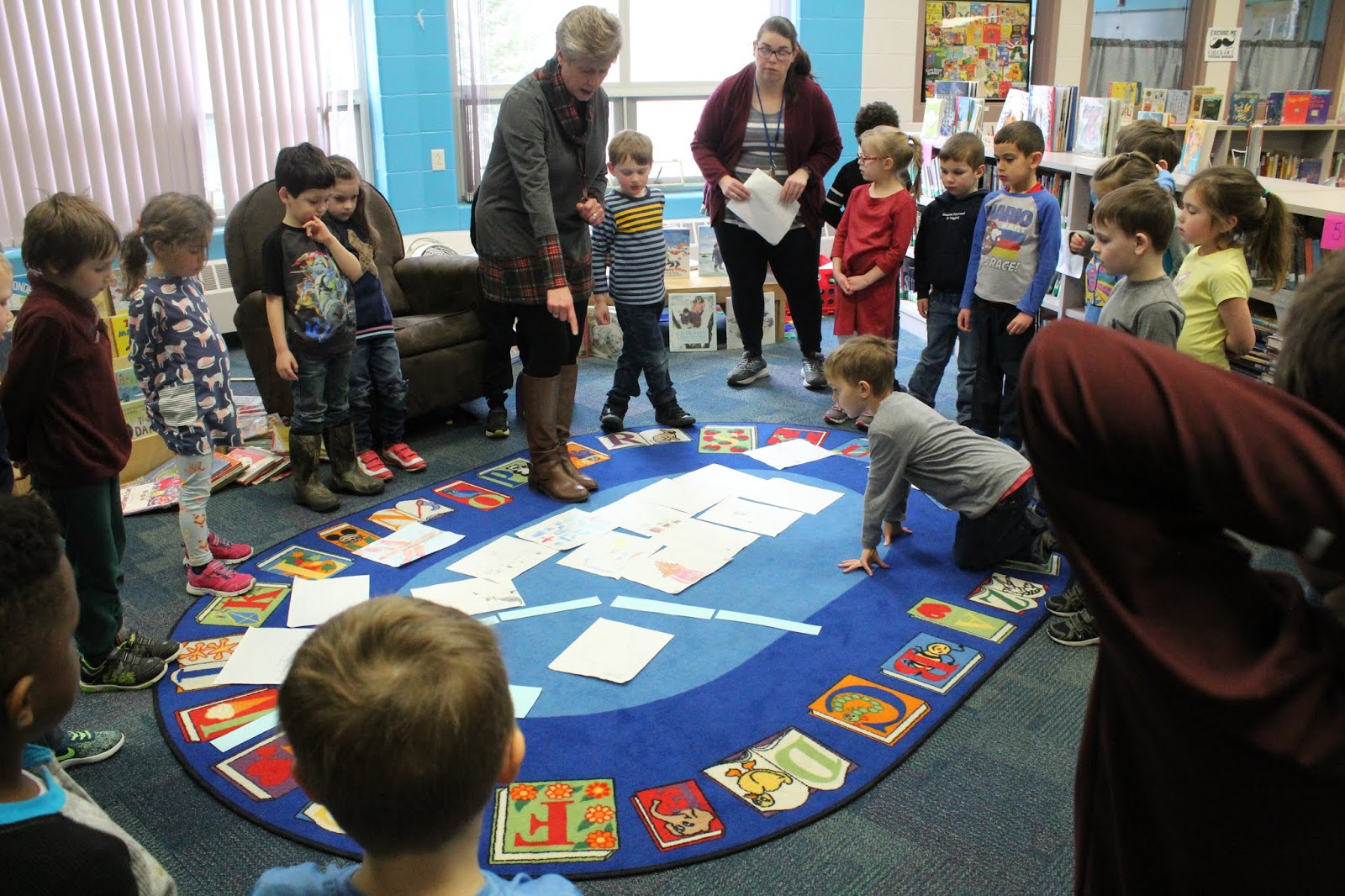Morning meetings are the norm in many K-6 and K-8 schools in Vermont. They’re a great way to empower students to find their voices and build community. Now here are five ways to organize and structure morning meetings to build transferable and socio-emotional skills (and build those strong relationships that matter so much!):
(Not familiar with Morning Meetings? Here is an overview of the parts from Responsive Classroom. Go on. We’ll wait here and save your seat…)
(Back? Yay! And:)
1. Different seats each day
Sounds corny, and tons of middle school students will groan loudly, but it works. Different seats promote students getting to know each other, expanding friendships and connections, and supporting cross-gender friendships. Yes, cross-gender friendships, 7th graders! They are doable!
True, it’s not giving students choice, but at the beginning of the year we’ve all got these butterflies about new schools, new grades, new… people. Yipes!
So let’s help everyone out at the beginning with some structure.
I used to put out popsicle sticks each morning with student names around the circle for this purpose, particularly at the beginning of the year. This also helped reduce any arguments about who gets which cushion, couch seat, or beanbag! I decide! *muahahahaha* Plus: you can support flexible seating by giving students the choice to stand, sit, flop or yoga pose it out.
2. “What’s up in the world?”
There is so much happening in our world, especially lately. It is complicated, stressful, and unnerving — especially for students. And especially for those students who might feel unsafe or targeted. Or those who have heard bits and pieces of what is happening, but are unsure what is true and why it’s all happening. Heck, half the time all this unsettling news makes *me* wonder the exact same thing.
And that is where the weekly practice of a morning meeting agenda of What’s Up in the World? can help.
Once a week in our morning meeting, we would pose that question on the whiteboard. Students would sign up for topics they wished to discuss.
In each meeting, one student would take on the role of “fact-checker”. When we weren’t sure of the details, we would check a few trusted sources to find out the facts. We didn’t assume, or discuss without reviewing the facts when we could find them. Another student would be a “definer” and look up words that folks didn’t know and read the definitions out to the class.
Resources for middle school news:
While discussing world events, I would keep the conversation on track and developmentally appropriate, by steering away from the close details and images of violent events. Sometimes I had to jump in and reframe or refocus, or ask a question. We relied on our norms for the class that we created together to help guide us. But what happened regularly was that students were hungry for a space to discuss world events in a safe and supported way. These conversations changed minds. Expanded perspectives. And provided a place to digest and begin to understand the world.
Need norms? Proctor School’s Courtney Elliott for the win:
This week we worked on setting our expectations for our classroom community @ProctorSchool pic.twitter.com/CrxSZNkh4p
— Courtney Elliott (@MsElliott345) September 6, 2019
Resources for difficult conversations about current events
- Let’s Talk: Talking about race, racism and other difficult topics with students from Teaching Tolerance.
- Preparing students for difficult conversations from Facing History and Ourselves.
- Talking Across Divides: 10 ways to encourage civil conversation on difficult issues.
I wonder how many potential misconceptions, half-truths, and partially baked biases and stereotypes about world events we uncovered in these weekly sessions. This work felt vital and important.
3. The State of the Class
Right around the time of the state of the union address one year, my students and I joked about the state of our class and giving a speech about it. And then we had an idea. What if we check in on the state of the class each week?
You know, when students say something like: another student has taken my charging cord! Or: my jacket is buried under everyone’s snow stuff! Or: I don’t like the way our class behaved with the music substitute teacher. We had to solve these problems together.
So, we added a weekly agenda item called the state of the class.
Anyone could bring an issue up about how the class was treating each other or functioning, and we would all problem solve and come up with a plan together. That way everyone was accountable to everyone else and we had time to develop solutions that everyone was in support of.
The state of the class centered in students and the their perceptions of problems and solutions, giving students a model for democracy, citizenship and action.
I’ve seen Warren Elementary School, in Warren VT, do this very powerfully, in a way that centers listening, and relationship-building, in their “Town Meetings”. When one student brought up a current need, and explained its impact on him, you could have heard a pin drop. Everyone in the room was invested in that student’s need. And THAT, people, THAT is the room we want.

4. Learning the morning message
Another way to promote learning and growth in morning meeting is: The Message. You can either have students find the errors in a morning message, or have a chart or table to review a recent skill lesson or concept that the class has learned. Often, this was formative information for me. I could tell when a class struggled to summarize a text, a math problem, or concept. Morning messages were instant feedback on emotional states, current topics, and the daily life of the class.
This is an activity for a few weeks in, but you can begin with a word puzzle on the board, a phrase in a foreign language, a rebus, or a poem made of song titles. Be creative and goofy, and your students will follow.
For schools focusing on socio-emotional learning competencies, morning messages can be a great way to explore these very concepts. Students can respond to prompt on the white board or digitally, and then read and discuss responses during morning meeting.
At the middle and high school school level, many schools are using the Circle of Power and Respect. These meetings follow a different format but have many similarities to morning meetings, and can be huge for building community.
5. Now shift it to a student-led space
Finally — this is going to take a hot minute, so maybe toss it on the to-do list — we all know where we want this work to lead. Once students learn the parts of morning meeting (greeting, agenda, sharing, game/activity) and know how to do each one in an inclusive way, they then can begin leading morning meetings. This was after lots of modeling and practice. (Think: late fall. Build those morning meeting muscles!)
Each week, we had two students lead the morning meeting. We rotated all students through this role and gave everyone a chance to lead. For some, this was hard. They might have never had a chance to lead a group, and this gave them practice and support grow their communication, citizenship, listening and leading skills. As the teacher I would support students to participate in this role, sometimes giving sentence stems or tips to students who might have needed it. This was a safe space to practice student voice and leadership for all students.
How do you structure morning meetings to empower students?
We’ve seen a ton of lovely photos from morning meeting already this year, shared on instagram or twitter, but still: we want to hear from YOU. What are your favorite go-to activities for getting morning meeting off on the right foot?



Morning meeting was my favorite part of the day. Community has to be intentionally built and this is the way! Love how you scaffold bringing in current events.